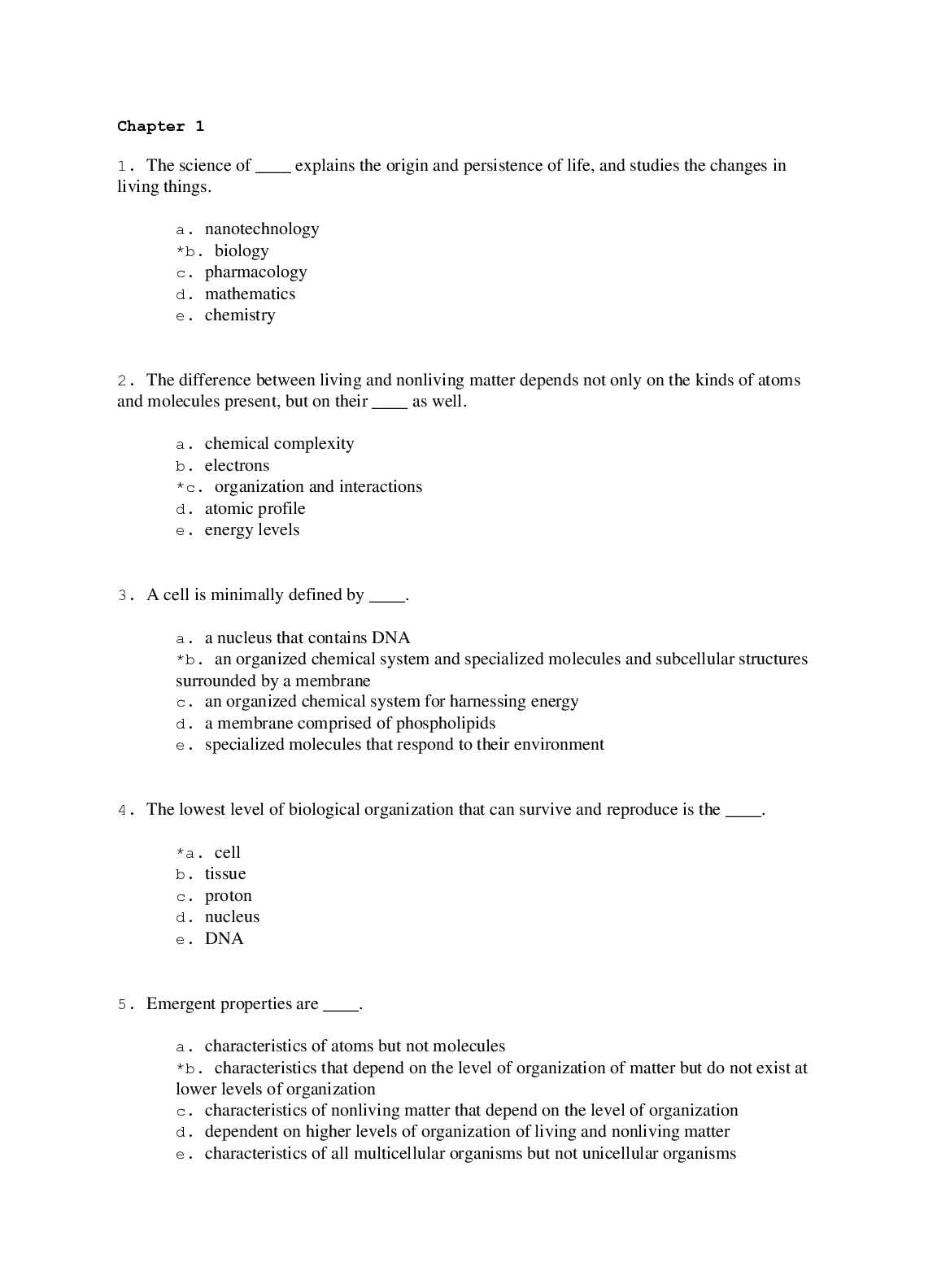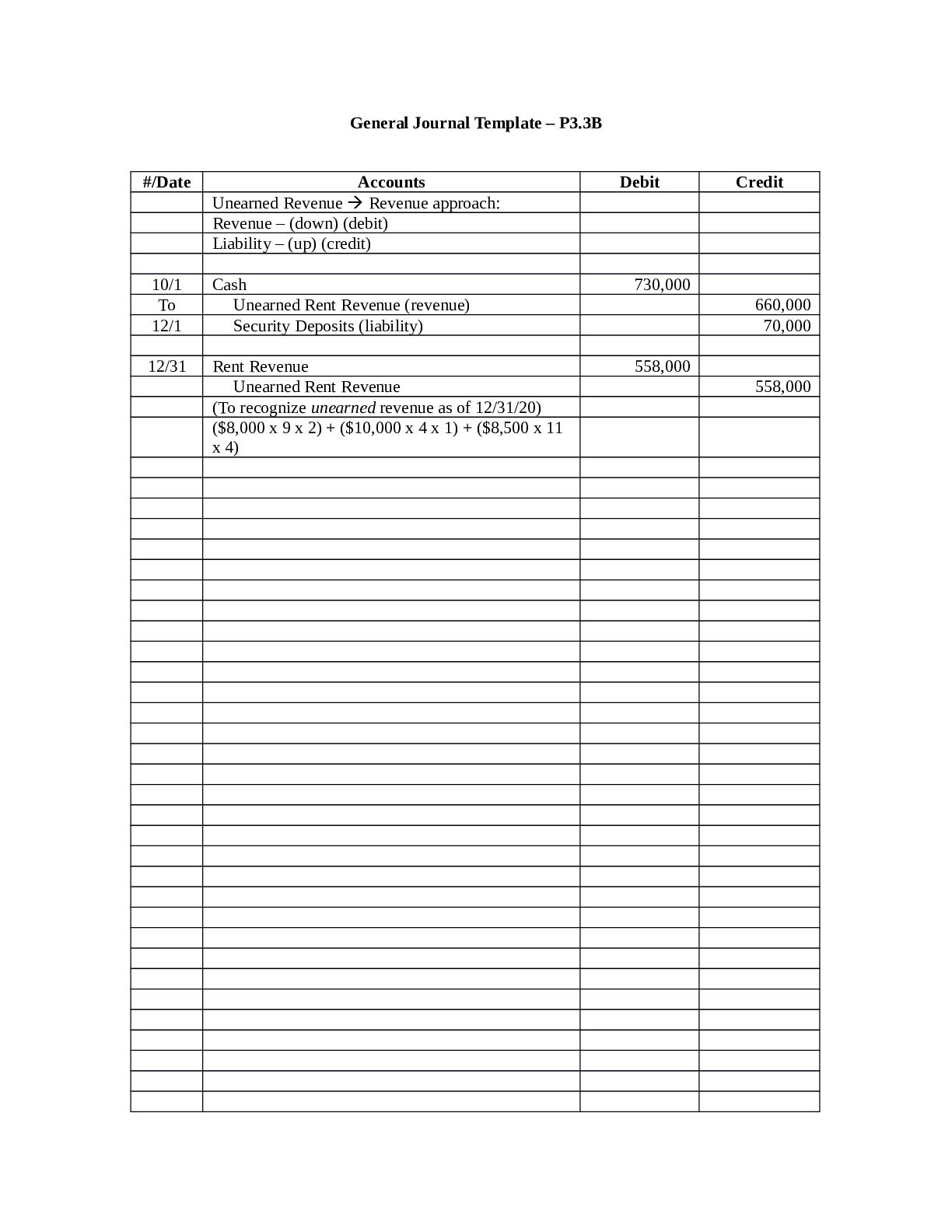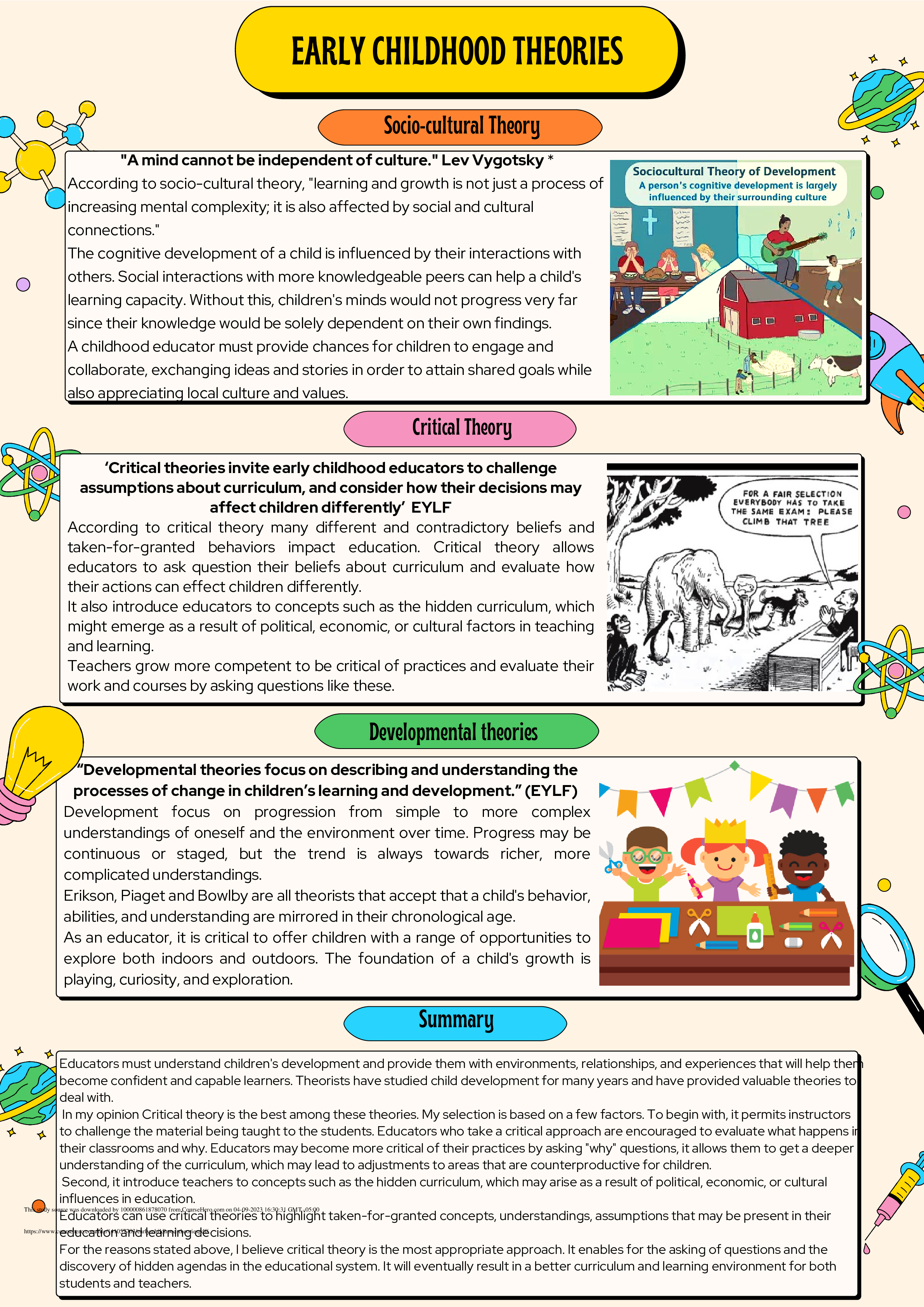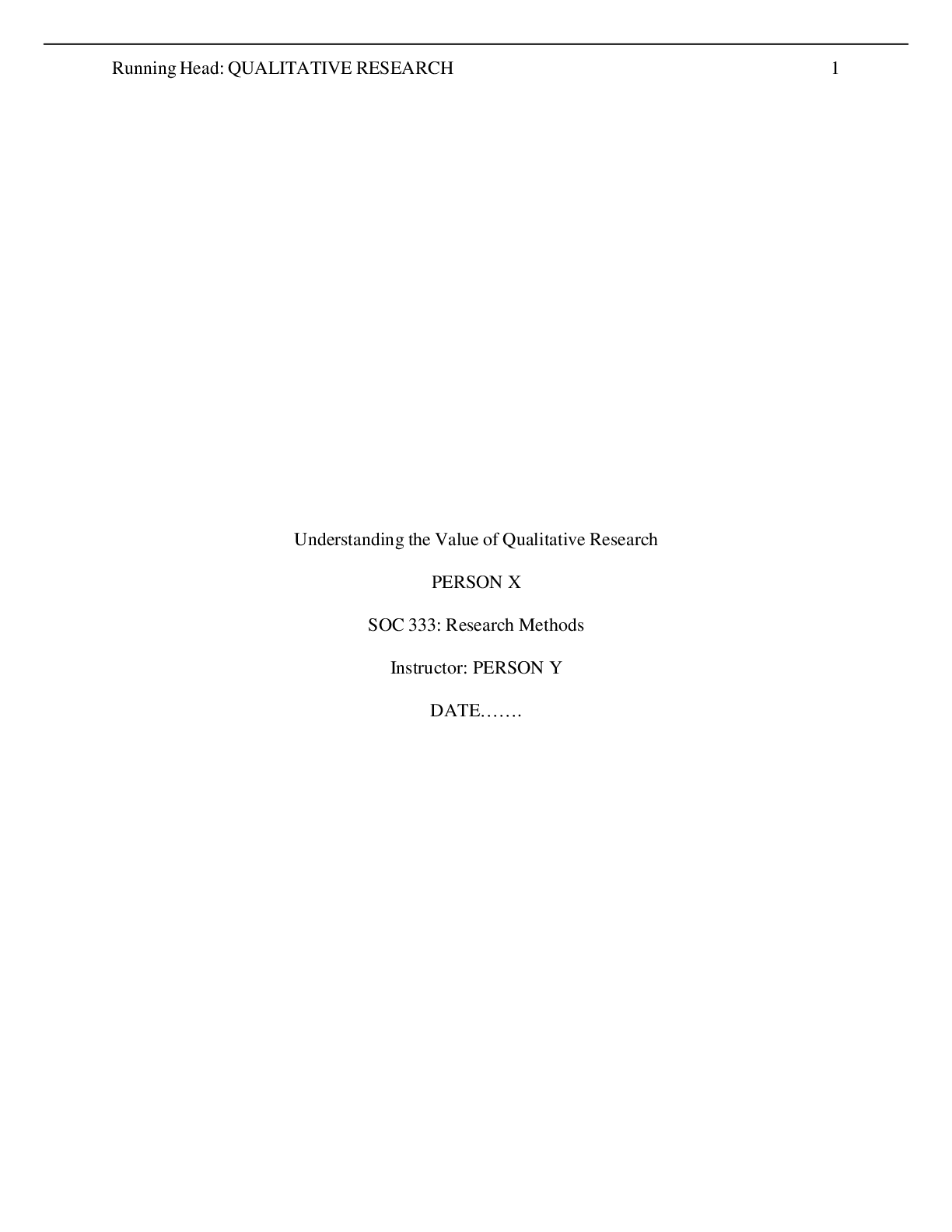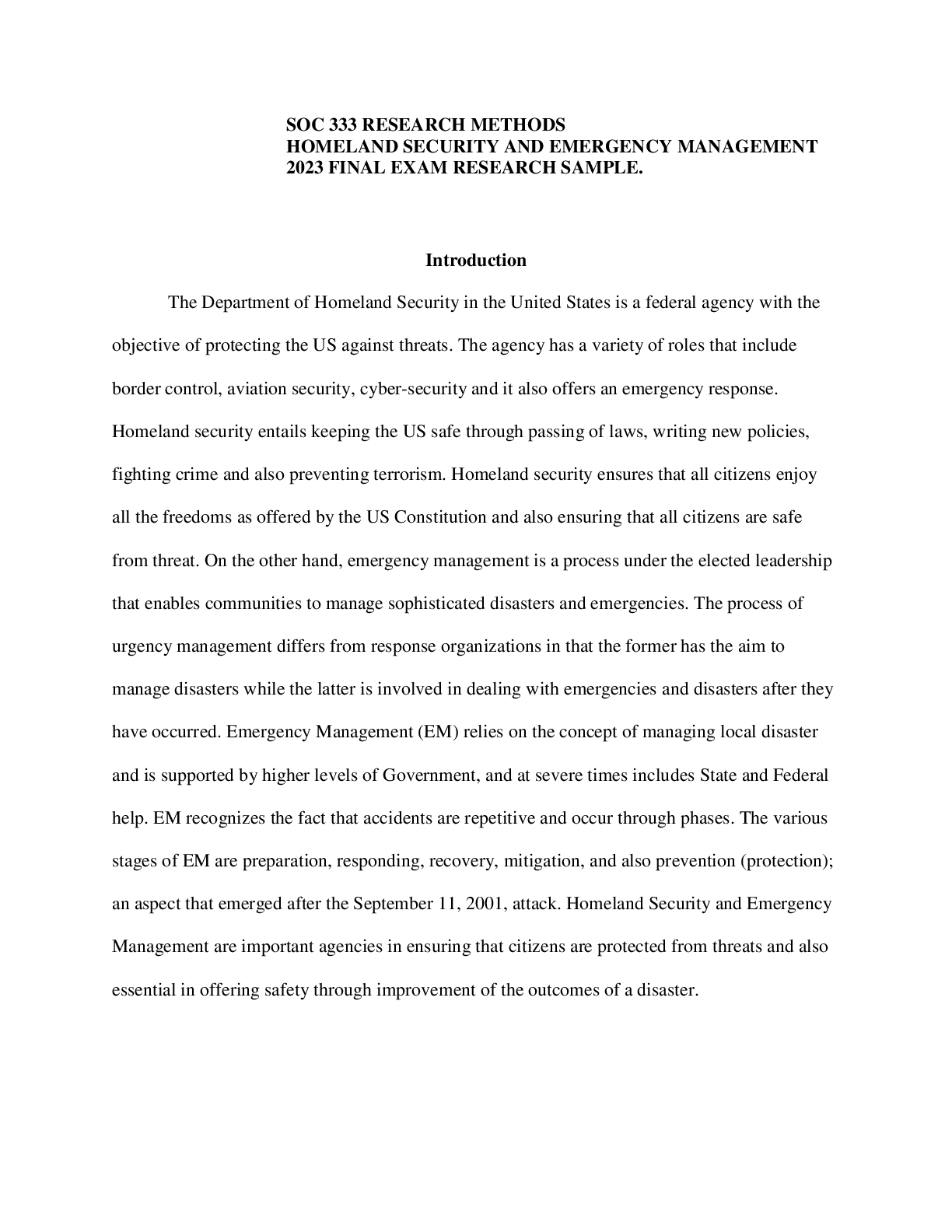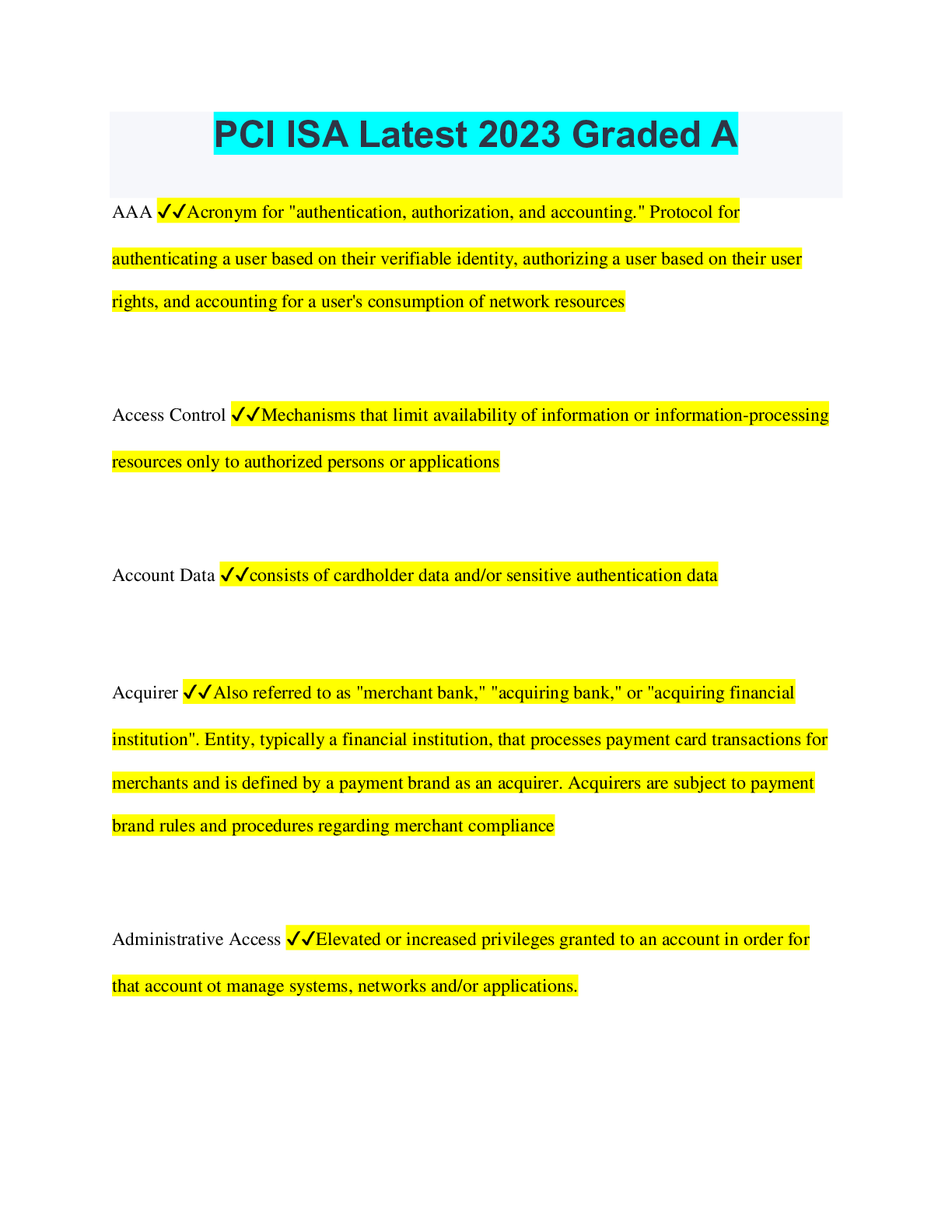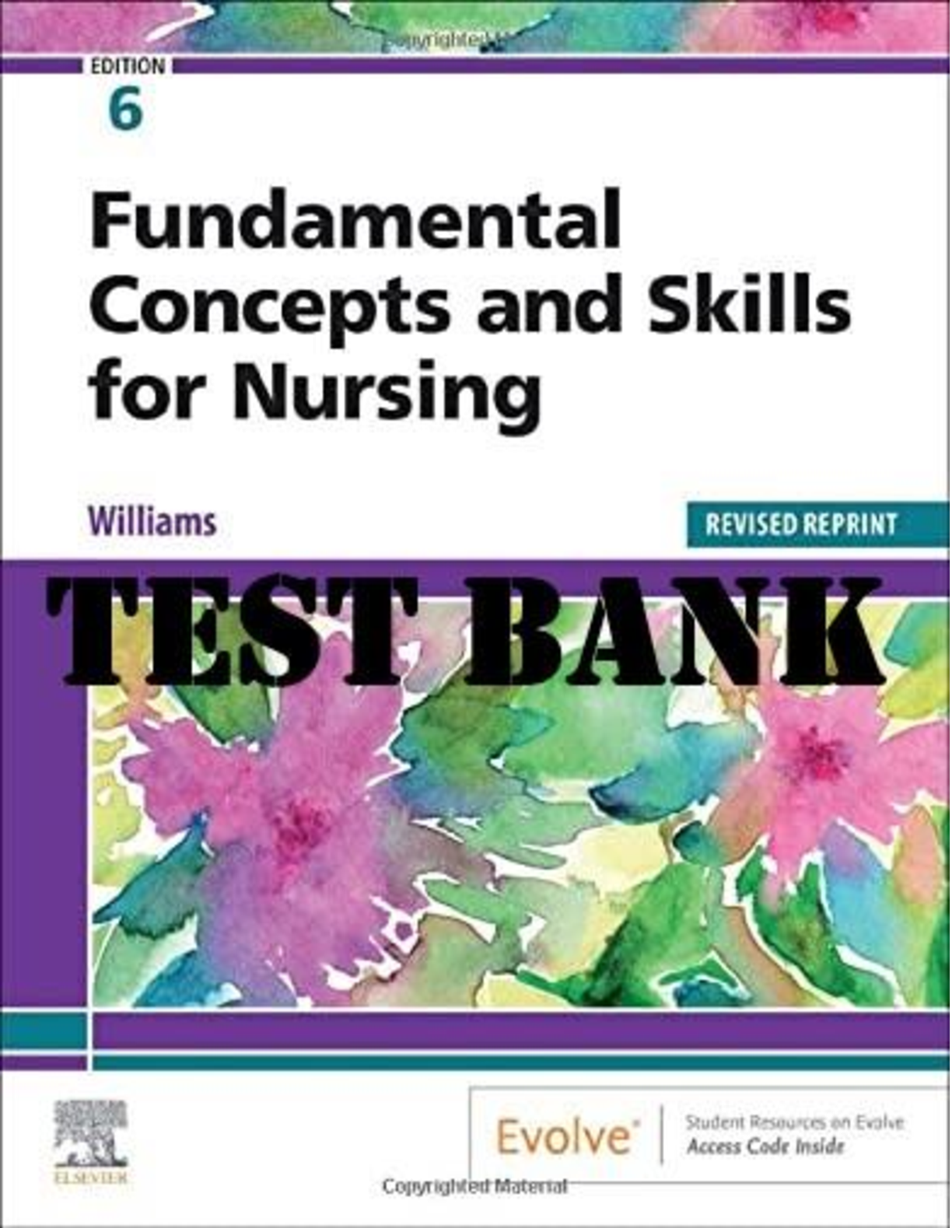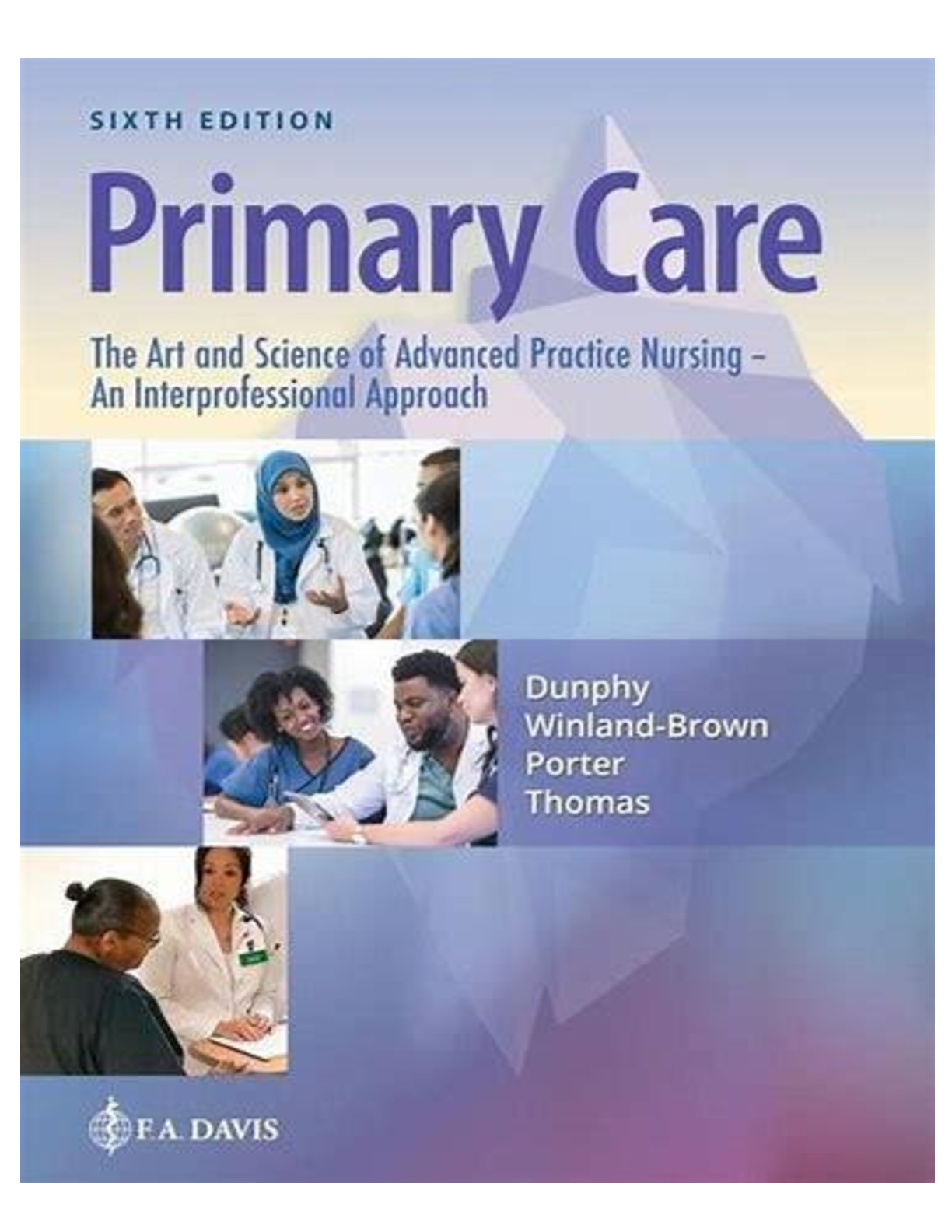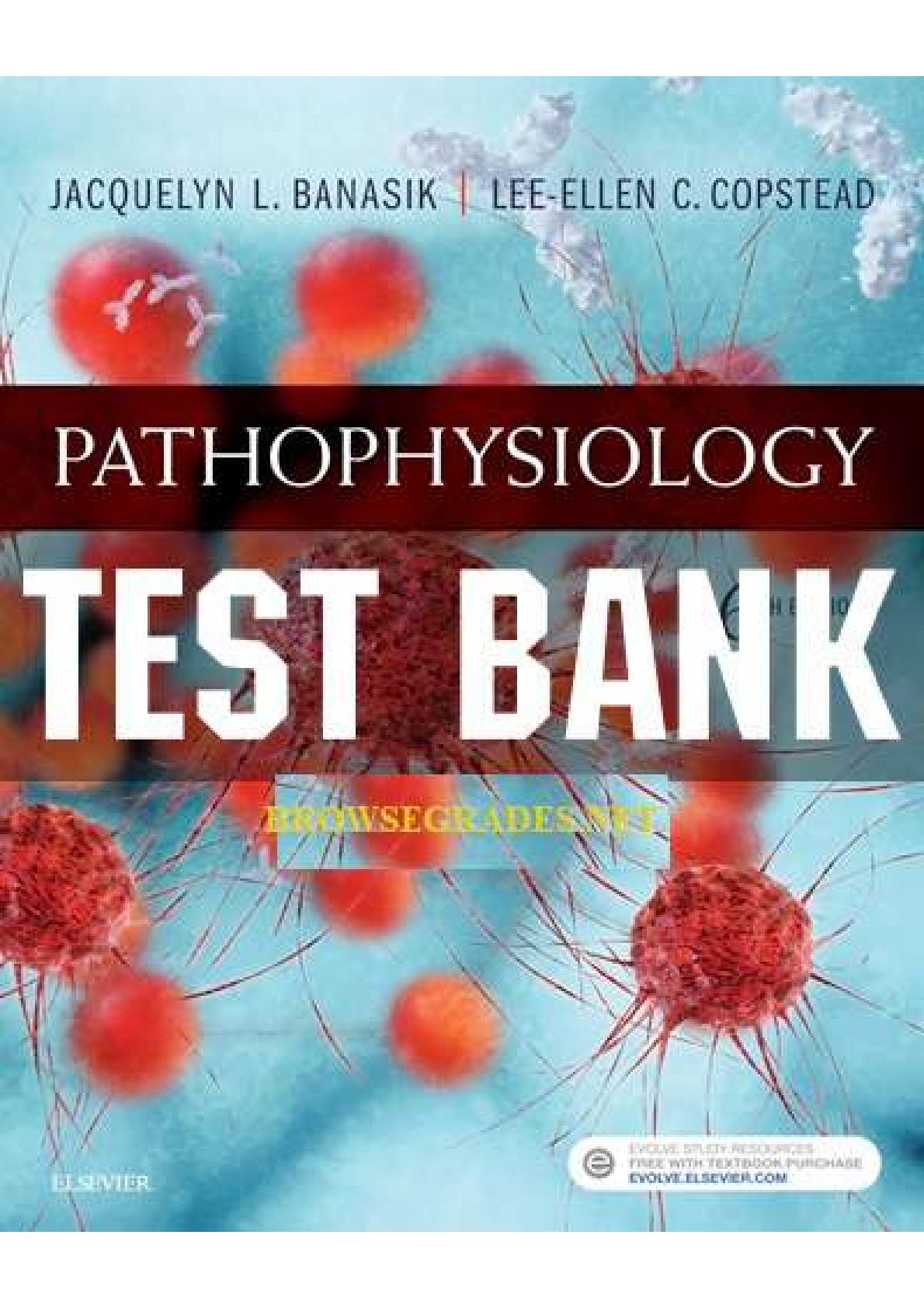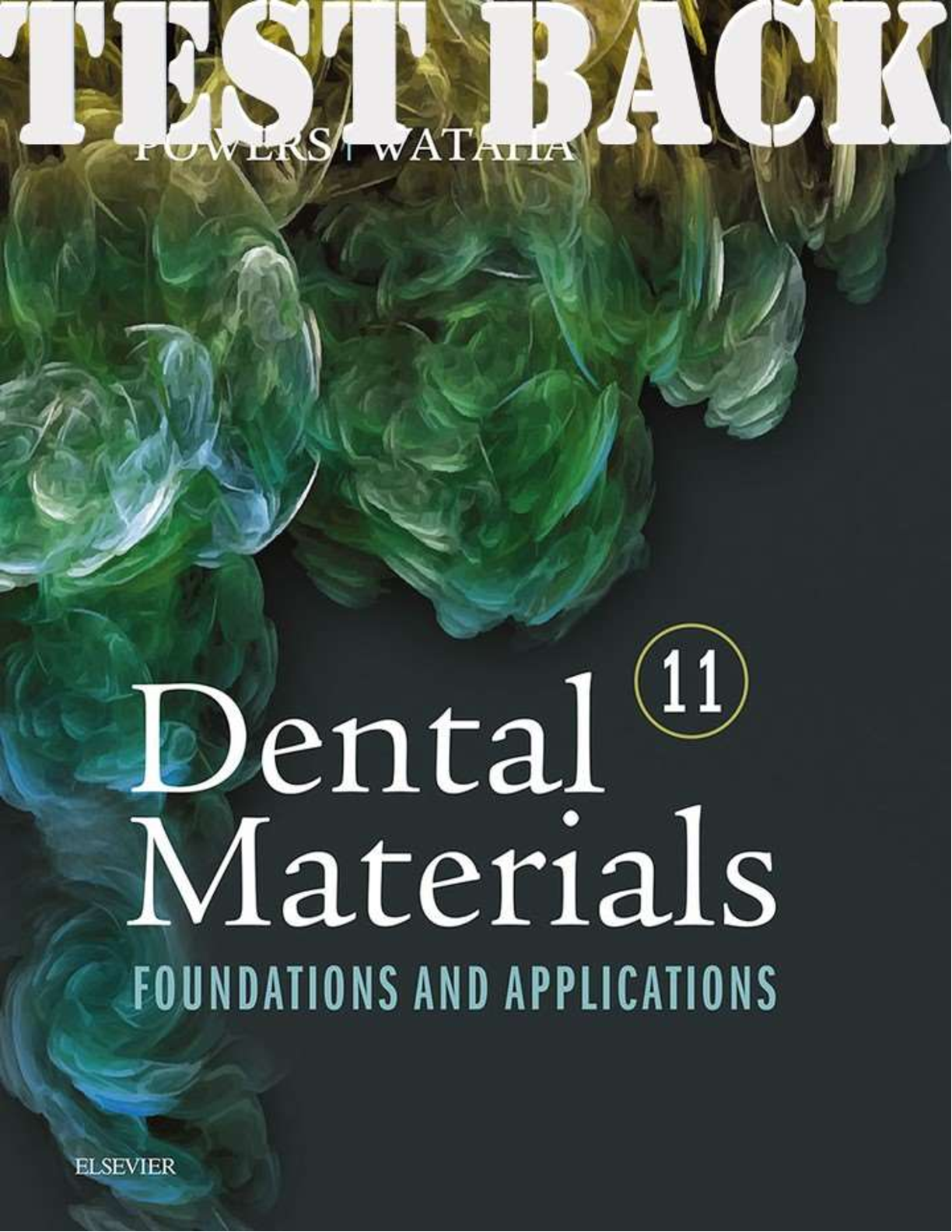EMT - MODULE 6 EXAM QUESTIONS AND ANSWERS | VERIFIED ANSWERS
Document Content and Description Below
EMT - MODULE 6 EXAM QUESTIONS AND ANSWERS | VERIFIED ANSWERS A 31-year-old male was bitten on the leg by an unidentified snake. The patient is conscious and alert and in no apparent distress. Your as ... sessment of his leg reveals two small puncture marks with minimal pain and swelling. In addition to administering oxygen and providing reassurance, further care for this patient should include: A. elevating the lower extremities and giving antivenin. B. supine positioning, splinting the leg, and transporting. C. transporting only with close, continuous monitoring. D. applying ice to the wound and transporting quickly. [Correct Ans: - B. supine positioning, splinting the leg, and transporting. The MOST prominent symptom of decompression sickness is: A. difficulty with vision. B. tightness in the chest. C. dizziness and nausea. D. abdominal or joint pain [Correct Ans: - D. abdominal or joint pain In contrast to Lyme disease, Rocky Mountain spotted fever: A. presents with flu-like symptoms and a bull's-eye rash. B. may be confused with rheumatoid arthritis. C. can cause paralysis and cardiorespiratory collapse. D. causes painful joint swelling after a few days or weeks. [Correct Ans: - C. can cause paralysis and cardiorespiratory collapse. Which of the following is an early sign of pit viper envenomation? A. Signs and symptoms of hypoperfusion B. Syncope and bleeding at distal sites C. Local swelling and ecchymosis D. General weakness and diaphoresis [Correct Ans: - C. Local swelling and ecchymosis You and your partner respond to a park where several people were reportedly struck by lightning. When you arrive, you find three patients. The first patient is lying supine on the ground; he is unresponsive and does not appear to be breathing. The second patient is ambulatory, appears confused, and is holding his arm against his chest. The third patient is sitting on the ground holding the sides of his head. After calling for backup, you should: A. immediately begin CPR on the unresponsive patient, but cease resuscitation efforts if there is no response after 5 minutes of treatment. B. assess the unresponsive patient's pulse, begin CPR starting with chest compressions if he is pulseless, and attach the AED as soon as possible. C. focus your initial treatment efforts on the patients who are conscious because the unresponsive patient is likely in irreversible cardiac arrest. D. recognize that the patients who are conscious are at high risk for developing cardiac arrest and quickly assess them for potentially life-threatening injuries. [Correct Ans: - B. assess the unresponsive patient's pulse, begin CPR starting with chest compressions if he is pulseless, and attach the AED as soon as possible. You respond to a local lake where a diver complains of difficulty breathing that occurred immediately after rapidly ascending from a depth of approximately 30 feet. On assessment, you note that he has cyanosis around his lips and has pink froth coming from his nose and mouth. You should: A. suction his mouth and nose, apply high-flow oxygen, monitor the patient's breath sounds for a pneumothorax, and contact medical control regarding transport to a recompression facility. B. place him in a semi-sitting position, suction his mouth and nose, apply a continuous positive airway pressure (CPAP) device, and transport to the closest emergency department. C. position him supine with his head elevated 30°, suction his mouth and nose, hyperventilate him with a bag-valve mask, and contact medical control for further guidance. D. suction his mouth and nose, keep him supine and elevate his legs to prevent air bubbles from entering his brain, administer high-flow oxygen, and transport to a hyperbaric chamber. [Correct Ans: - A. suction his mouth and nose, apply high-flow oxygen, monitor the patient's breath sounds for a pneumothorax, and contact medical control regarding transport to a recompression facility. [Show More]
Last updated: 2 years ago
Preview 1 out of 40 pages
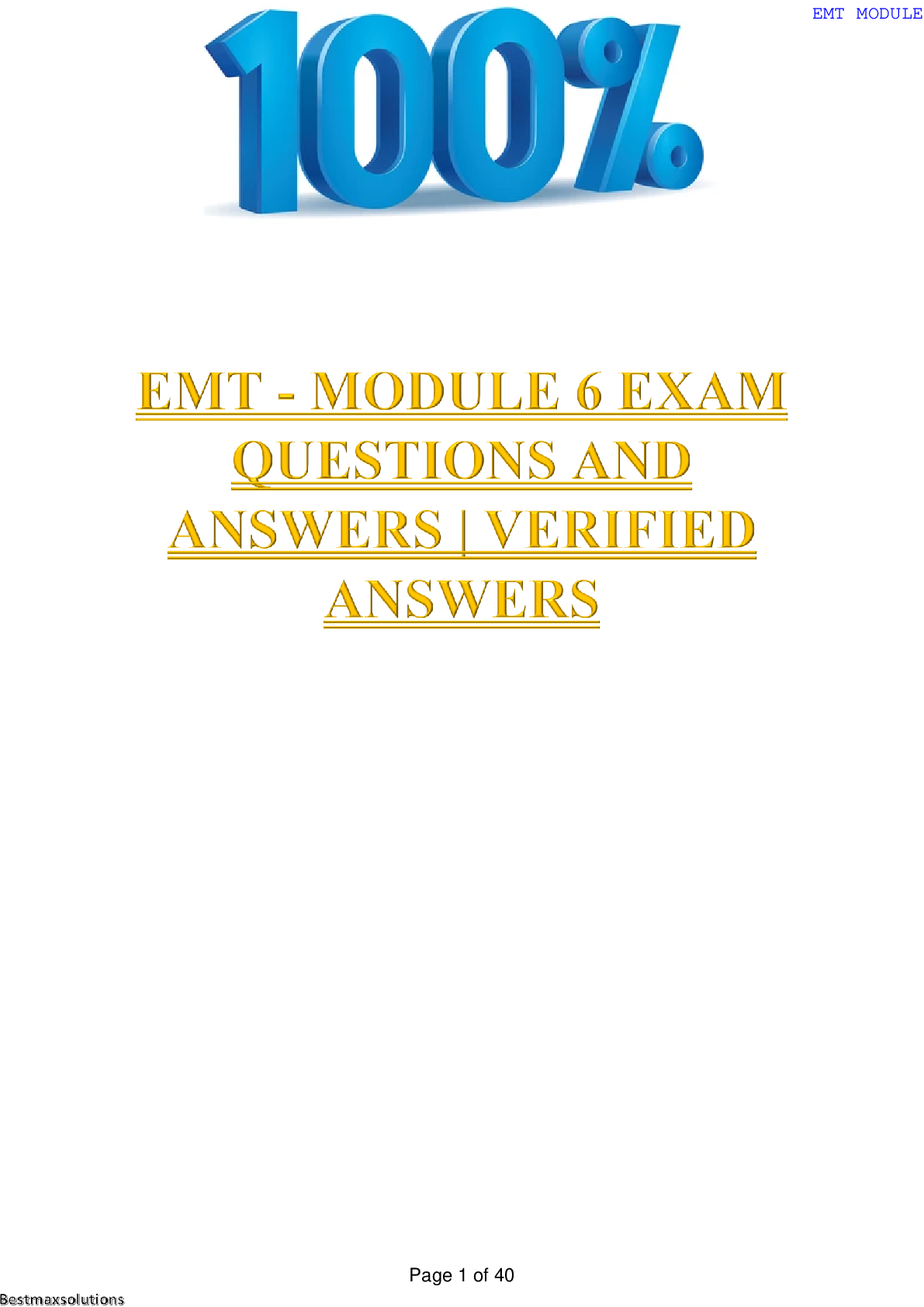
Buy this document to get the full access instantly
Instant Download Access after purchase
Buy NowInstant download
We Accept:

Reviews( 0 )
$12.00
Can't find what you want? Try our AI powered Search
Document information
Connected school, study & course
About the document
Uploaded On
Oct 02, 2023
Number of pages
40
Written in
All
Additional information
This document has been written for:
Uploaded
Oct 02, 2023
Downloads
0
Views
147

